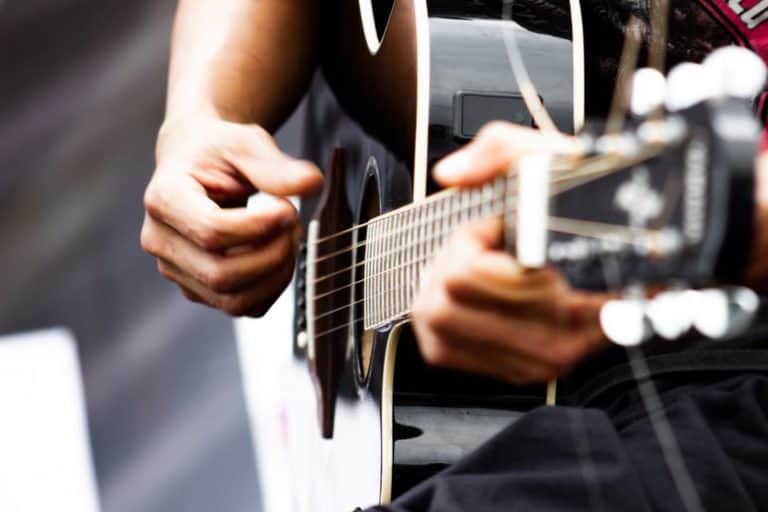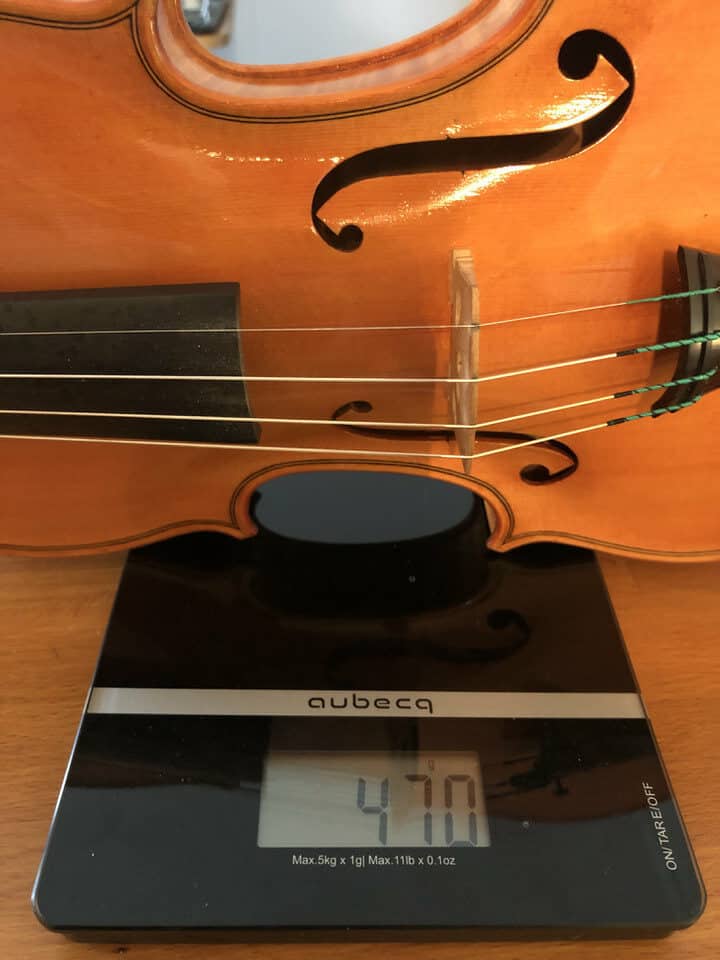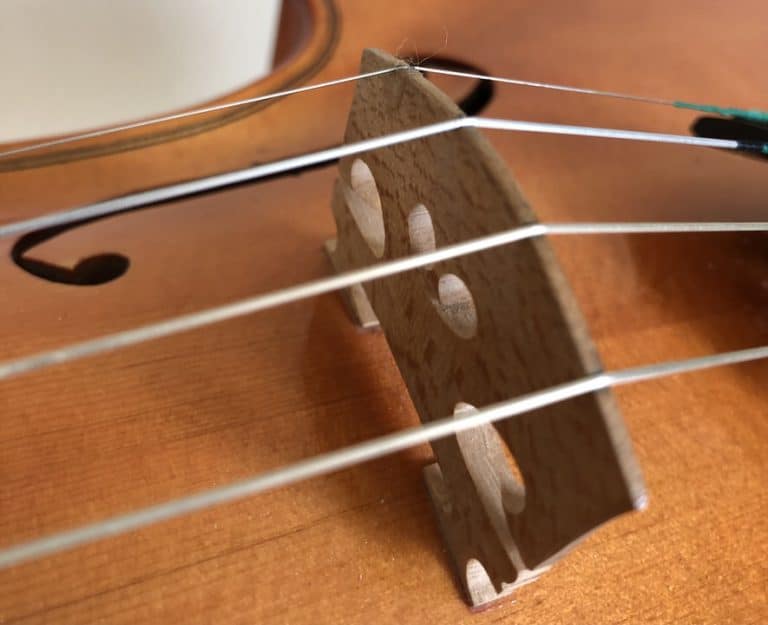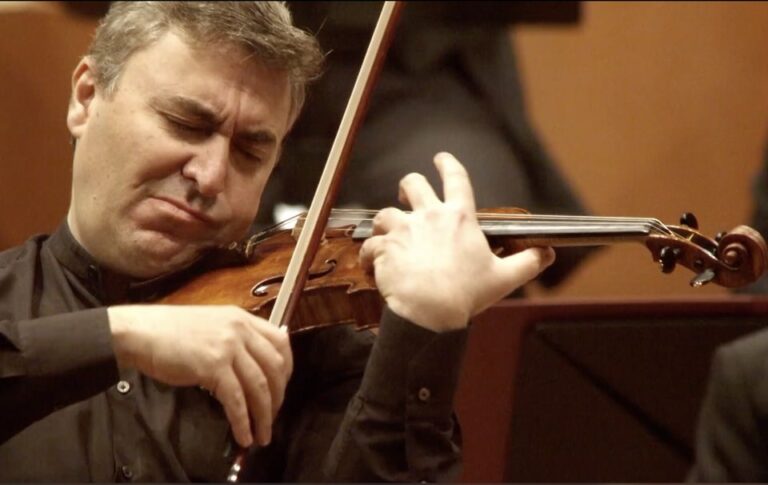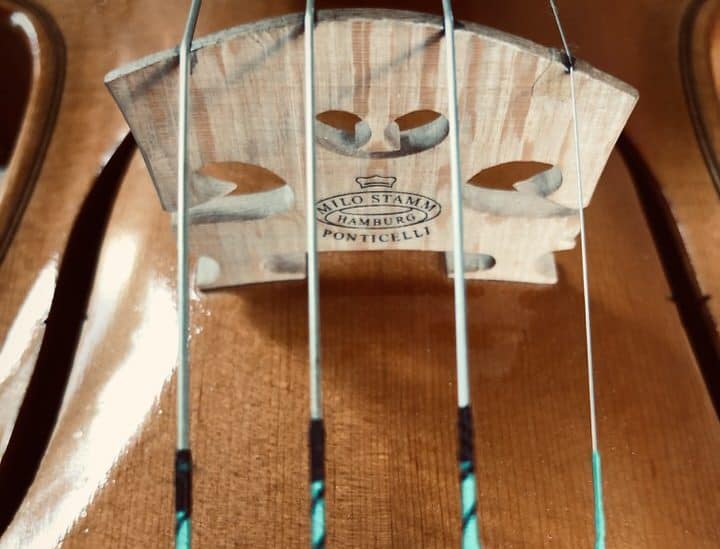What Music to Play on an Electric Violin? (With Videos)
To play the violin, you need to be a master of invention, as the great Nathan Milstein put it. And the electric violin is the perfect tool to achieve that: you can play many types of music, ranging from Rock and Blues, to Bluegrass and Jazz, Country, Cajun, Irish, and even Classical Indian music. The sky is the limit. I have carefully selected videos to present the electric violin in these different types of music, with great artists who truly are masters of invention.
Classical music on a electric violin?
Let’s not forget that electric violins are not made only to practice. They can be used to play classical music also. But their tone, electric, synthetic as some would say, is not welcome in traditional concert halls for classical music.
So classical music is played by electric violinist usually at home or with friends.
If classical music is played, it is with a twist: synthesizers, drums, and rearrangements.
This kind of performance is quite successful, as Vanessa Mae can testify. I have selected this clip by Vivaldi (with drums) which is the perfect example of this trend of playing classical music with a rock feel:
Electric violins have a greater potential
Another neat feature about the electric violin is its unparalleled creative potential. It’s not going to produce a classic acoustic violin sound as good as an acoustic violin can for obvious reasons, but what it can do is a whole lot more. Make no mistake; the acoustic violin has been a mainstay for decades past the creation of the electric violin for good reason. It has its place, and it has a great deal of potential itself. There are a million and one things you can do with an acoustic violin, but certain sound profiles are better fit by an electric violin simply because that’s what they were designed on.
There’s plenty of examples of this in the music industry. Some performers, such as Caitlin De Ville, have based their musical careers on the concept. Similarly, even completely unrelated groups, such as the progressive rock band Rush, have integrated electric violin into their music as of decades ago. From rock to R&B, to blues, to jazz– even modern pop likes to make its own sound out of the electric violin. Want your electric violin to sound like a synth instead? Go for it. Want your acoustic violin to sound like a synth? Might want to reconsider.
It’s true that electronic adaptation of an acoustic violin can yield similar sounds, but not with such simplicity, and for most people, not as effectively. It’s not rocket science: the electric violin is purpose-built for its own sounds. You can trick an acoustic violin into making similar sounds through a pickup and thorough electronic filtration, but it won’t pull it off as an electric violin can. It’s the same as trying to make an electric violin sound like an acoustic. The two can attempt to mimic one another, but they will never truly be one another.
So sure, the electric violin can’t sound just like an acoustic violin, but it can do a whole lot of its own. You can play pretty much any kind of music you want with the thing. It’s technically possible to do this with an acoustic violin too, but that doesn’t mean that it will be as well-suited for the job as an electric violin.
Electric violins are a great fit for a band
Given how versatile the electric violin is, it’s a popular choice among all sorts of bands. Of course, you can find acoustic violins in bands too, but again, it depends on what sound you’re going for. There’s a lot of musical styles out there that lend well to an electric, not to mention it comes with native support to plug right into the mix with the rest of the instruments. The same cannot be said for an acoustic violin. It’s possible with the aforementioned pickup adjustment, but even then, in a live performance setting– with a rock band, for example– there’s potential for conflict with the acoustic volume and the volume of its electronic projection through the mix. Especially if a band is playing in a small venue, it can be quite difficult to blend an acoustic violin into the rest of the band’s sound.
Continuing this example, consider how quiet an electric guitar played acoustically tends to be. The electric violin is often louder than this, but you know what’s a lot louder than an electric guitar? An acoustic violin. Some instruments don’t struggle with this because their sound is big enough to stand on its own regardless of the mix. Similarly, some instruments, such as the acoustic guitar, can be worked in with something as simple as a strategically placed microphone. The unique sound projection of the violin, on the other hand, doesn’t lend as well to this environment, and if you’ve ever attended a small-town music event featuring a violin, there’s a good chance you’ll have seen this effect for yourself.
Utterly detrimental to the soundstage? Not at all– on the contrary, if the music you’re playing is made specifically for an acoustic violin, the sound produced by the said instrument, regardless of projection and mix issues, will most likely suit your performance better than an electric violin. Having said that, the point here is that an electric violin doesn’t often have this issue in the first place. If the instrument suits your music well enough, it’s generally a bit more friendly to live performances than its acoustic equivalent.
Overall, if you’re looking for a quieter alternative to the timeless classic, an electric violin will get the job done. Which instrument best suits you depends entirely on what you want out of it, but electric violins have their place just as acoustics have theirs. Sure, it won’t be silent, but when it comes to which is quieter? The electric violin certainly comes out on top.
Blue Grass and Country on an electro-acoustic violin
For the type of sound, the tone wanted, these types of music usually prefer acoustic violins with a microphone. Many country fiddlers use a standing microphone close to the violin, or a small microphone clamped to the chin-rest and directed at the f-holes.
The second option is better for larger bands and louder volume but doesn’t prevent at all from feed-back and/or Larsen.
The sound produced in that context perfectly fits the style of music of an intimate traditional band.
Some musicians use more and more often an electro-acoustic violin for its practicality and the close enough sound it gives to an acoustic violin.
This what the amazing Michael Cleveland can do with an acoustic fiddle with a microphone right on top of it. And with a band that is not too loud, the sound is pretty good and well balanced. You will notice a richer sound than with a solid-body electric violin. Incredible violinist!
Blues and rock on an electric violin
Here, the electric violin is usually preferred. Even if there aren’t blues fiddlers, they can be found in the glue-grass, cajun type of music.
Rock violinists use solid body electric violins mainly. There are a plethora of them, and they like the Neo-classical, close to metal, type of playing. If you enjoy rock, you will encounter plenty of opportunities to play in a band where your sound and feel will be appreciated. The electric violin usually brings something else, more original and different.
The (sometimes) crazy classical violinist Nigel Kennedy here gives a good example of what rock violin can be with an electric violin playing Jimy Hendrix’s incredible “Third Stone from the Sun”. Play with appropriate attitude and talent, you can see how easily an electric violin can fit (and steal the show) in a rock concert. Nigel even plays rhythms with his bow hitting the body of the violin with a wah-wah pedal. Then he plays again the theme with a plethora of special effects… (I bet his bow wasn’t a Tourte or Pecatte…)
Jazz on the violin: acoustic or electric
There is a great tradition of jazz violinists. And whether we think about the swing era or later the bop and jazz-rock and fusion era, many bands have electric violinists join them.
The most well-known jazz violinist is maybe Stéphane Grapelli. He used to play with an acoustic violin with a microphone or an electro-acoustic one. He preferred intimate concerts with an acoustic sound.
Later, great violinists who played jazz-rock and fusion music used solid-body electric violins.
I have selected this concert from Jean-Luc Ponty, a French violinist who had his great career in the US, to illustrate that sound:
Classical Indian music on a 5 string electro-acoustic violin
The spectrum wouldn’t be complete without a mention of the great tradition of the Indian Classical violin. One of the most prominent artists is undoubtedly Dr. L. Subramaniam. He uses an electro-acoustic violin with 5 strings, usually tuned a different way. This is a whole world, a whole story; I have fallen in love with that sound when I was young. I still love that music now, more than ever. I even went to study it when I lived in London. Here is an impressive example of the sound M. Dr. L. Subramaniam can get out of his violin. And of the endless improvisational skills, he develops throughout this breathtaking performance.
The gear and products I use and recommend for my electric violin
First, If you want to hear your electric violin, you need to either use headphones, plug it into an amp, or an audio interface.
The small amp I use and recommend if you want to practice at home is the great Yamaha THR10 from the THR series. It is portable and not expensive, easy to use and set up.
If you want to record yourself or plug your violin into headphones, your laptop, or your phone, a good and cheap digital audio interface I can recommend is the iRig HD2, which is more and more affordable on Amazon.
I typically use Thomastik Dominant strings on my electric violin. They come quite cheap on Amazon considering their quality and sound. Synthetic core strings work well on Yamaha electric violins.
Lastly, I use mainly Dominant rosin as well on my electric violin, as it has been designed to go with Dominant Strings.
You can check out in detail all the stuff I have tested and used on my recommended product page where I go into more details.

